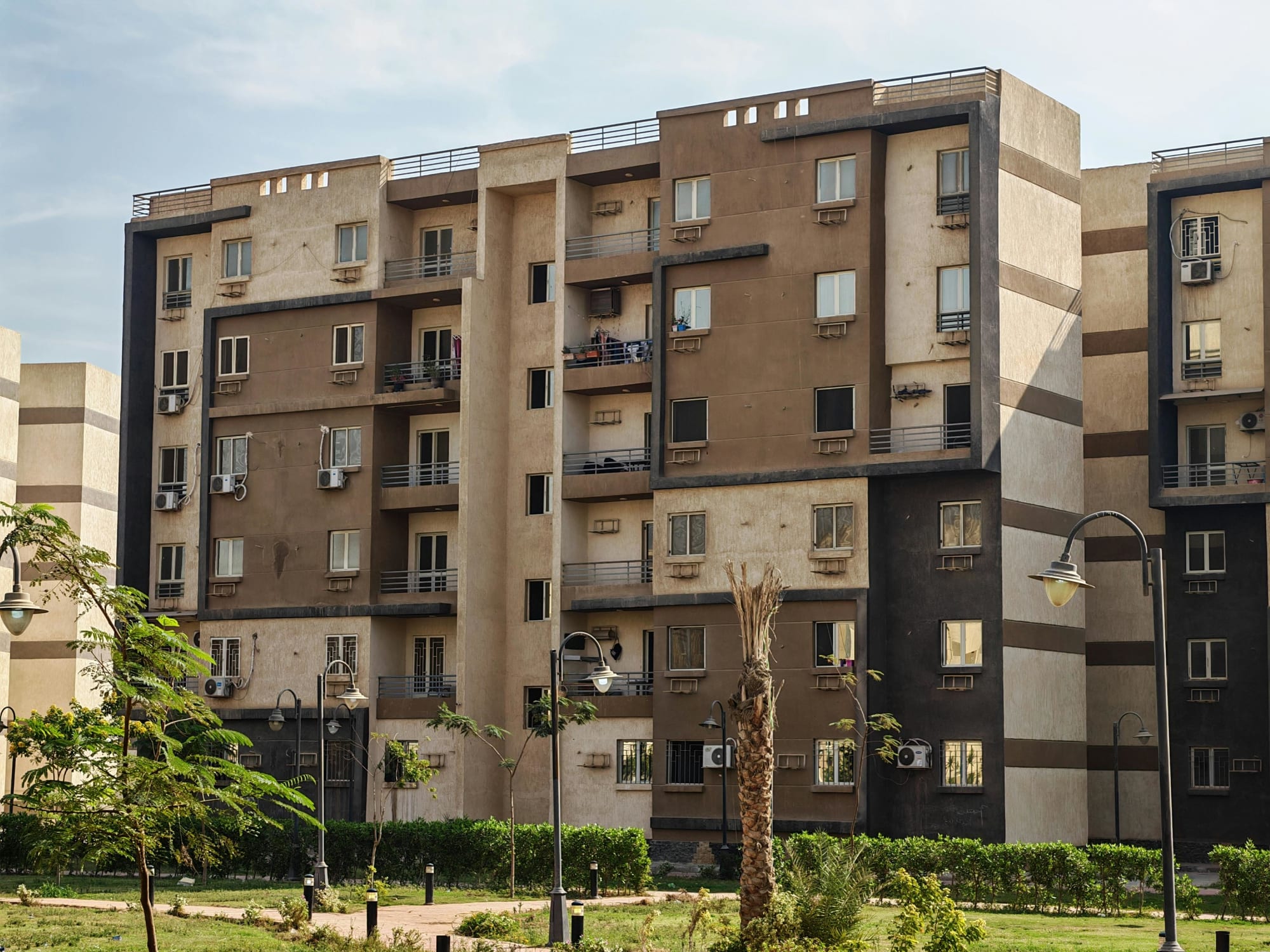Invest
When is it suitable to purchase an investment property in your SMSF?
Understandably for many trustees, the idea of owning an investment property in their SMSF is an enticing one. However, there are some serious guidelines to consider before you dive in.
When is it suitable to purchase an investment property in your SMSF?
Understandably for many trustees, the idea of owning an investment property in their SMSF is an enticing one. However, there are some serious guidelines to consider before you dive in.

First, I want to address a misconception surrounding SMSFs and property.
Last week, I watched another report on TV claiming that the ability of self-managed superannuation funds to purchase residential investment property is causing a property bubble in Australia by using limited recourse borrowing arrangements (LRBAs, e.g. borrowed money).
Let’s look at the facts.
LRBAs have grown substantially since 2007 (in 2007, SMSF were permitted for the first time to borrow money to buy assets like property and shares). Putting this into perspective, the total value of residential mortgage loans in Australia today is approximately $1.63 trillion.1 As at March 2016, total LRBAs in self-managed superannuation funds amounted to $19 billion. Thus, assuming most LRBAs are for the purpose of purchasing property, LRBAs within the superannuation system account for 0.12 per cent of all loans.

The current value of the Australian residential property market is approximately $6.05 trillion.2 As at March 2016, the value of residential property within SMSFs was approximately $24.42 billion.3 When taking the total value of residential property purchased in SMSFs into perspective, this only accounts for 0.40 per cent of the value all residential properties in Australia.
The relative value of both LRBAs within the superannuation system is relatively small compared to the value of the Australian financial system. Are these figures large enough for SMSFs to be responsible for driving a property bubble? I’ll let you make up your own mind.
If you are considering using your superannuation to establish your own self-managed superannuation fund to purchase a residential investment property, here are a few broad guidelines I use when considering if such a strategy is appropriate for my clients:
1) Minimum super balance: The Australian Securities and Investment Commission (ASIC) advises that a minimum of $200,000 is required to establish an SMSF. However, most lenders are now requiring a 10 per cent liquidity buffer of cash and/or shares outside of the value of the property. So it really makes sense to have at least $250,000 if you’re a considering using your superannuation to purchase a residential investment property. Other considerations are if the fund has two members earning an income, would the ability of the SMSF to service the debt be affected if one of the members lose their job? I always base lending capacity on one income only. This helps to preserve cash flow in the unfortunate situation where a member may be out of work for a few months.
2) At least 10 years of working life left: This is not an ideal strategy for people who have less than ten years to work. A full property cycle in Australia is around 10 years. You need to give time for your property to grow in value. Ideally, the intention should be to hold the property beyond this minimum time period of 10 years. Once a superannuation fund owns an investment property, the only time I envisage that the property needs to be sold is when all the debt has been paid off and the sale of the property will allow the net proceeds to be invested into another asset class that provides a higher income yield. The average gross rental yield for property in Australia currently hovers between 4 per cent to 4.5 per cent. A good portfolio of exchange traded funds and some direct shares can provide a dividend yield of between 6 per cent to 7 per cent with the prospects of capital growth too. A good portfolio of fixed income assets such as bonds can provide a table income of between 4 per cent to 6 per cent but with limited capital growth prospects. Thus, I believe property is a great asset to provide leverage and capital growth, but property is not necessarily the best income-producing asset to provide an income stream to fund an account-based pension. With property, it is not possible to shave off a bedroom and sell it to provide cash for pensions.
3) Protect your cash flow: What happens of one of the members loses their job? Or if you lose a tenant? I always recommend that an SMSF hold a cash buffer that amounts to six months of all property expenses that includes loan repayments and rental costs such as landlord insurance, strata fees and council rates. This additional cash buffer may be held in an offset account against the superannuation fund loan. That way you are helping to reduce your lending expenses via the rate of interest paid. It also helps to improve the cash flow of the fund. This is also where a liquidity buffer of 10 per cent is helpful. In a worst-case scenario, if the members of the fund are not working for a period longer than six months, there are other assets available to liquidate without relying on a ‘fire sale’ of the property.
4) What is your plan to pay off the loan?: Whenever you take on a loan, you need a plan to pay down this loan. Will your concessional contributions be enough to pay out the loan? Will you need to make extra contributions to your SMSF to have the property loan paid down before retirement? These questions need to be answered. Most people are only receiving the statutory superannuation guarantee of 9.50 per cent. I never rely on a debt reduction plan that involves selling the asset itself. This is actually against best practice when obtaining credit. I like it when clients have the ability to make additional superannuation contributions to the fund or have other assets in the fund outside of the property, such as shares or exchange traded funds that produce income and capital growth. This additional cash flow, capital growth and income can be used to reduce the debt without relying on the sale of the property itself.
Andrew Zbik, senior financial planner, Omniwealth
[1] Australian Bureau of Statistics, 11/03/2015, 5609.0 – Housing Finance, Australia, Jul 2016 TABLE 12. HOUSING LOAN OUTSTANDINGS TO HOUSEHOLDS (OWNER OCCUPATION AND INVESTMENT HOUSING)
[2] Australian Bureau of Statistics, 10/02/2015, 6416.0 – Residential Property Price Indexes: Eight Capital Cities, June 2016, Table 6. Value of Residential Dwellings
[3] Australian Taxation Office, March 2016, Self-managed super fund statistical report.
About the author

About the author


Property
Australia’s mortgage knife‑fight: investors, first‑home buyers and the new rules of lender competition
The mortgage market is staying hot even as rate relief remains elusive, with investors and first‑home buyers chasing scarce stock and lenders fighting for share on price, speed and digital experienceRead more

Property
Breaking Australia’s three‑property ceiling: the finance‑first playbook for scalable portfolios
Most Australian investors don’t stall at three properties because they run out of ambition — they run out of borrowing capacity. The ceiling is a finance constraint disguised as an asset problem. The ...Read more

Property
Gen Z's secret weapon: Why their homebuying spree could flip Australia's housing market
A surprising share of younger Australians are preparing to buy despite affordability headwinds. One in three Gen Z Australians intend to purchase within a few years and 32 per cent say escaping rent ...Read more

Property
Tasmania’s pet-positive pivot: What landlords, BTR operators and insurers need to do now
Tasmania will soon require landlords to allow pets unless they can prove a valid reason to refuse. This is more than a tenancy tweak; it is a structural signal that the balance of power in rental ...Read more

Property
NSW underquoting crackdown: the compliance reset creating both cost and competitive edge
NSW is moving to sharply increase penalties for misleading price guides, including fines linked to agent commissions and maximum penalties up to $110,000. Behind the headlines sits a more ...Read more

Property
ANZ’s mortgage growth, profit slump: why volume without margin won’t pay the dividends
ANZ lifted home-lending volumes, yet profits fell under the weight of regulatory and restructuring costs—an object lesson in the futility of growth that doesn’t convert to margin and productivityRead more

Property
Rate pause, busy summer: where smart capital wins in Australia’s property market
With the Reserve Bank holding rates steady, the summer selling season arrives with rare predictability. Liquidity will lift, serviceability stops getting worse, and sentiment stabilises. The ...Read more

Property
The 2026 Suburb Thesis: A case study in turning trend lists into investable strategy
A new crop of ‘suburbs to watch’ is hitting headlines, but translating shortlist hype into bottom-line results requires more than a map and a mood. This case study shows how a disciplined, data-led ...Read more

Property
Australia’s mortgage knife‑fight: investors, first‑home buyers and the new rules of lender competition
The mortgage market is staying hot even as rate relief remains elusive, with investors and first‑home buyers chasing scarce stock and lenders fighting for share on price, speed and digital experienceRead more

Property
Breaking Australia’s three‑property ceiling: the finance‑first playbook for scalable portfolios
Most Australian investors don’t stall at three properties because they run out of ambition — they run out of borrowing capacity. The ceiling is a finance constraint disguised as an asset problem. The ...Read more

Property
Gen Z's secret weapon: Why their homebuying spree could flip Australia's housing market
A surprising share of younger Australians are preparing to buy despite affordability headwinds. One in three Gen Z Australians intend to purchase within a few years and 32 per cent say escaping rent ...Read more

Property
Tasmania’s pet-positive pivot: What landlords, BTR operators and insurers need to do now
Tasmania will soon require landlords to allow pets unless they can prove a valid reason to refuse. This is more than a tenancy tweak; it is a structural signal that the balance of power in rental ...Read more

Property
NSW underquoting crackdown: the compliance reset creating both cost and competitive edge
NSW is moving to sharply increase penalties for misleading price guides, including fines linked to agent commissions and maximum penalties up to $110,000. Behind the headlines sits a more ...Read more

Property
ANZ’s mortgage growth, profit slump: why volume without margin won’t pay the dividends
ANZ lifted home-lending volumes, yet profits fell under the weight of regulatory and restructuring costs—an object lesson in the futility of growth that doesn’t convert to margin and productivityRead more

Property
Rate pause, busy summer: where smart capital wins in Australia’s property market
With the Reserve Bank holding rates steady, the summer selling season arrives with rare predictability. Liquidity will lift, serviceability stops getting worse, and sentiment stabilises. The ...Read more

Property
The 2026 Suburb Thesis: A case study in turning trend lists into investable strategy
A new crop of ‘suburbs to watch’ is hitting headlines, but translating shortlist hype into bottom-line results requires more than a map and a mood. This case study shows how a disciplined, data-led ...Read more








